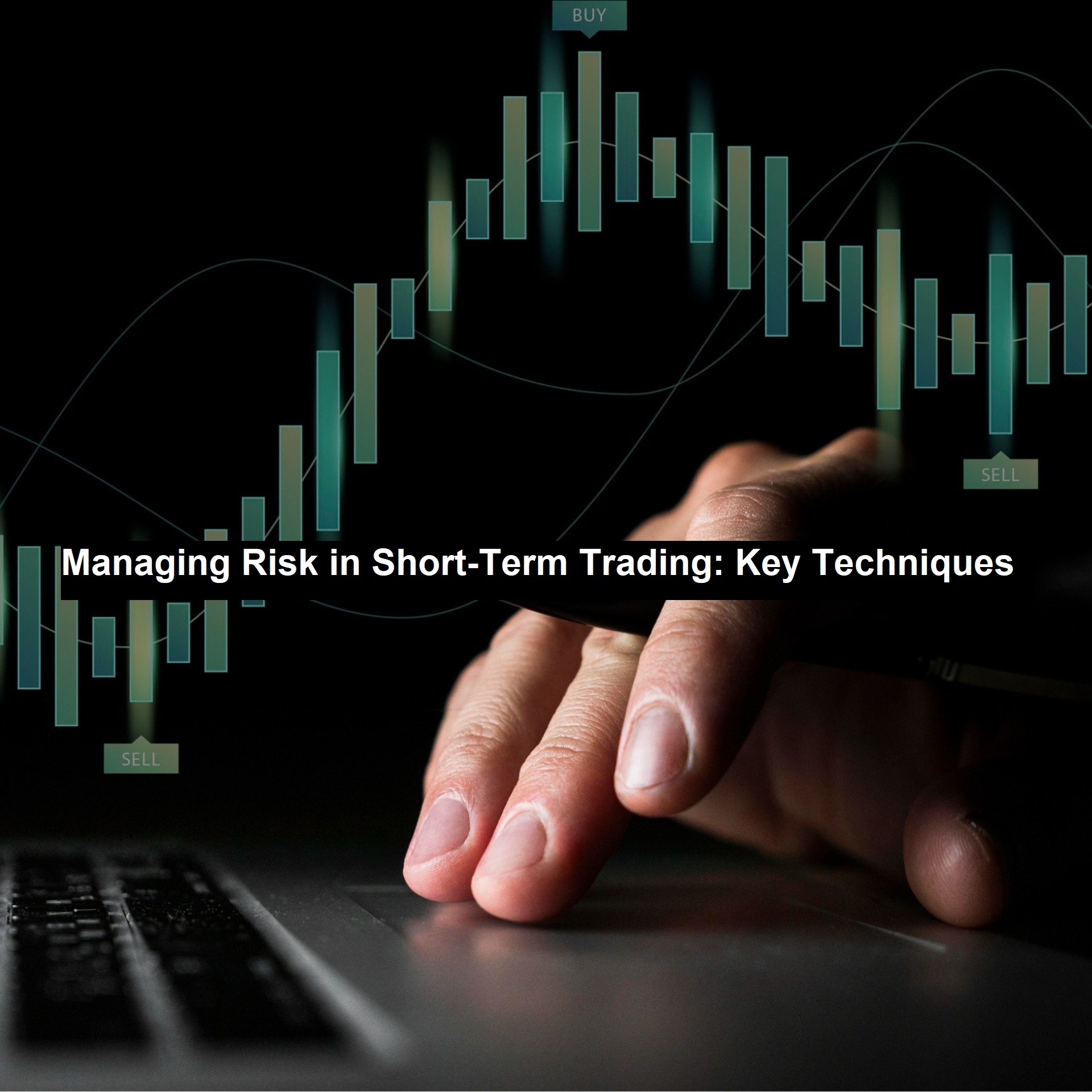Short-term trading can be a highly rewarding but equally risky venture. Whether you’re engaged in day trading, swing trading, or scalping, the ability to manage risk effectively often determines your success or failure. This article explores the essential risk management techniques that can help traders navigate the volatile waters of short-term markets and protect their capital from significant losses.
Understanding Risk in Short-Term Trading
Short-term trading is inherently risky due to the high levels of volatility it encounters. Markets fluctuate rapidly, and events such as economic reports, company earnings, or geopolitical news can cause sudden price swings. This volatility can lead to both significant gains and unexpected losses. It’s crucial to recognize the potential risks before diving into short-term trading.
Another often overlooked risk comes from within—emotions. Fear, greed, and stress can cloud your judgement, leading to impulsive decision-making. The desire to recover from a loss quickly can push traders into taking unnecessary risks, while overconfidence after a win may cause them to ignore their risk management strategies. Emotional discipline is critical when trading in short timeframes.
Leverage, while appealing for its potential to amplify gains, is another source of risk in short-term trading. Trading on margin allows you to control larger positions with a smaller amount of capital, but this comes with the possibility of magnified losses. Without careful management, leverage can lead to significant financial setbacks. To get started, check out this great post to read for more information.
Read: Grow Sales Funnel in Financial Business: 2024 Guide
Key Risk Management Techniques
Managing risk begins with sound strategies that limit potential losses while allowing for profit opportunities. Position sizing is one of the most fundamental aspects of risk control. Rather than placing all your capital into a single trade, it’s essential to calculate how much you’re willing to risk on each trade. A common rule is to risk only 1-2% of your total capital on any given trade. This way, even a series of losses won’t wipe out your account.
Stop-loss orders are another indispensable tool for minimising risk. These orders automatically close your position when the market moves against you, preventing further losses. Setting stop-losses at strategic levels, just below support in an upward trend or above resistance in a downtrend, can shield you from significant market downturns. However, placing your stop-loss too close to the entry point might cause it to trigger prematurely, cutting off potential gains, so careful planning is essential.
Diversifying Trades to Spread Risk
Another effective way to manage risk is to diversify your trades across multiple asset classes. Short-term traders often focus on a single market—whether it’s stocks, forex, or commodities—but spreading your trades across different asset classes can mitigate the risk of being overly exposed to one sector. When one market is experiencing high volatility, others may remain more stable, helping to balance the risk in your portfolio.
At the same time, it’s important not to overtrade. Taking on too many positions at once increases your exposure to market risk and can lead to poor decision-making. Overtrading often results from a desire to recover quickly from losses or capitalise on every potential opportunity, but this can lead to exhaustion, stress, and errors. Sticking to your strategy and avoiding the temptation to trade too frequently is crucial in controlling risk.
Using Technical Analysis for Risk Mitigation
Technical analysis is a valuable tool for managing risk in short-term trading. By identifying key chart patterns, such as head and shoulders or double tops and bottoms, traders can spot high-risk setups and avoid entering trades when the market shows signs of reversal. Indicators like the Relative Strength Index (RSI), Moving Average Convergence Divergence (MACD), and moving averages provide insights into the market’s momentum and potential turning points.
For traders, it’s often safer to follow the trend rather than trade against it. Trend-following strategies can help reduce the risk of entering trades during market pullbacks or reversals. On the other hand, contrarian trades—those that go against the prevailing trend—require stricter risk controls since they are inherently riskier. In these cases, traders must be more vigilant with their stop-losses and position sizes.
Risk/Reward Ratio in Short-Term Trading
A successful short-term trader understands the importance of the risk/reward ratio. Before entering any trade, it’s essential to assess whether the potential reward outweighs the risk. A common rule of thumb is to aim for a risk/reward ratio of at least 1:2, meaning you’re risking $1 for every potential $2 in profit. Maintaining a favourable ratio ensures that even if you experience several losses, a few winning trades can still result in overall profitability.
Market conditions can change quickly, especially in short-term trading. When volatility is high, you may need to adjust your risk tolerance and reward expectations accordingly. In more volatile environments, it might make sense to aim for a higher reward relative to the risk, as price swings are likely to be more extreme.
Conclusion
Managing risk in short-term trading requires a disciplined approach that balances the need for profit with the imperative of protecting capital. By understanding the various risks involved, employing key risk management techniques like position sizing and stop-losses, and maintaining psychological discipline, traders can improve their chances of success in volatile markets.

